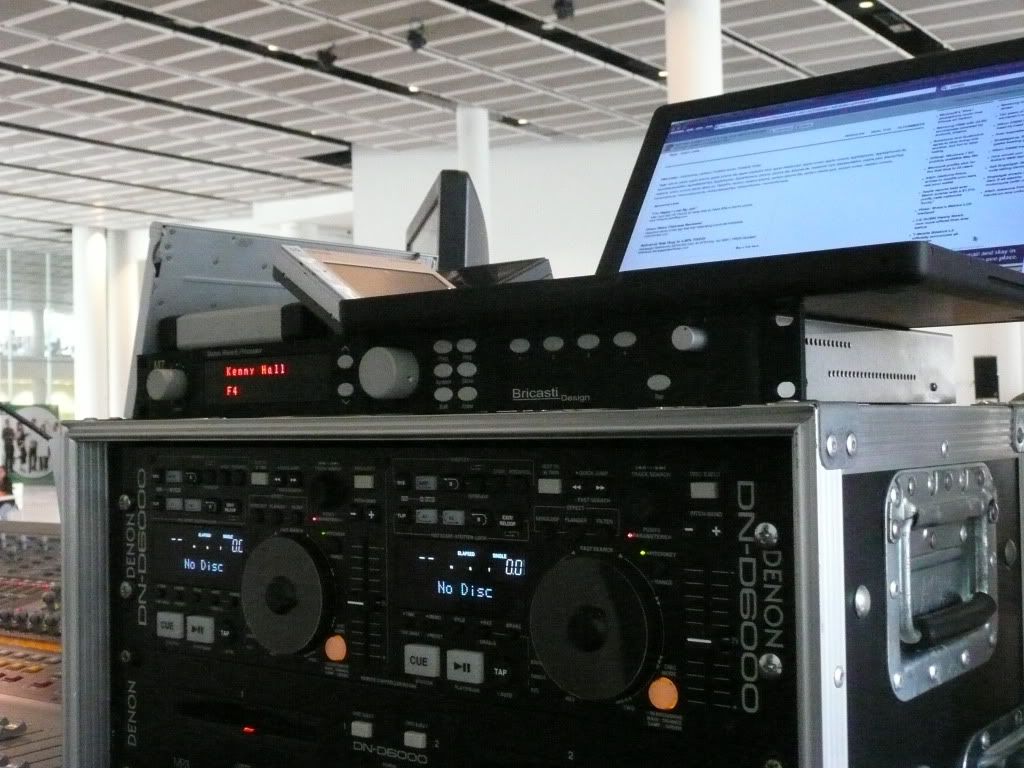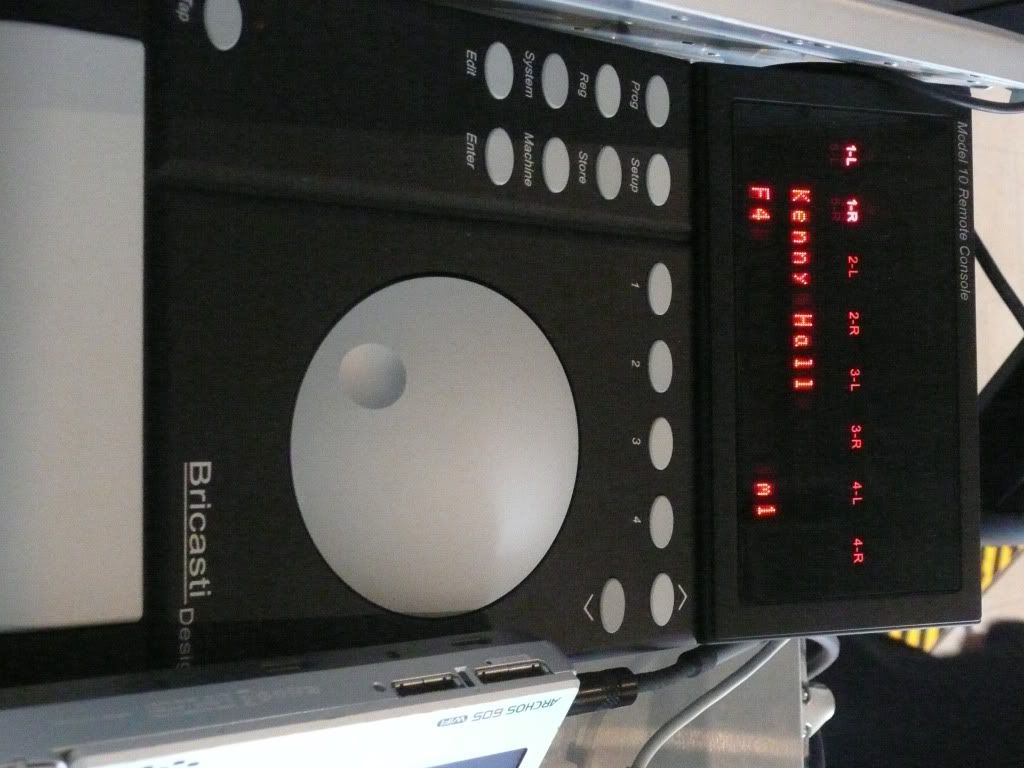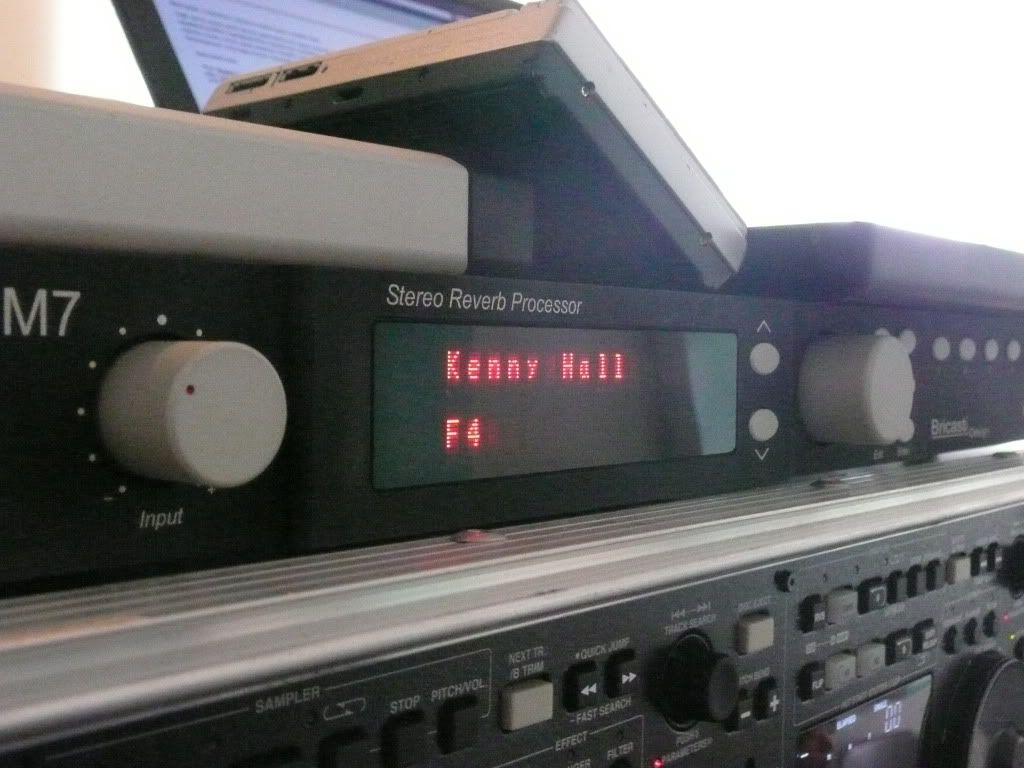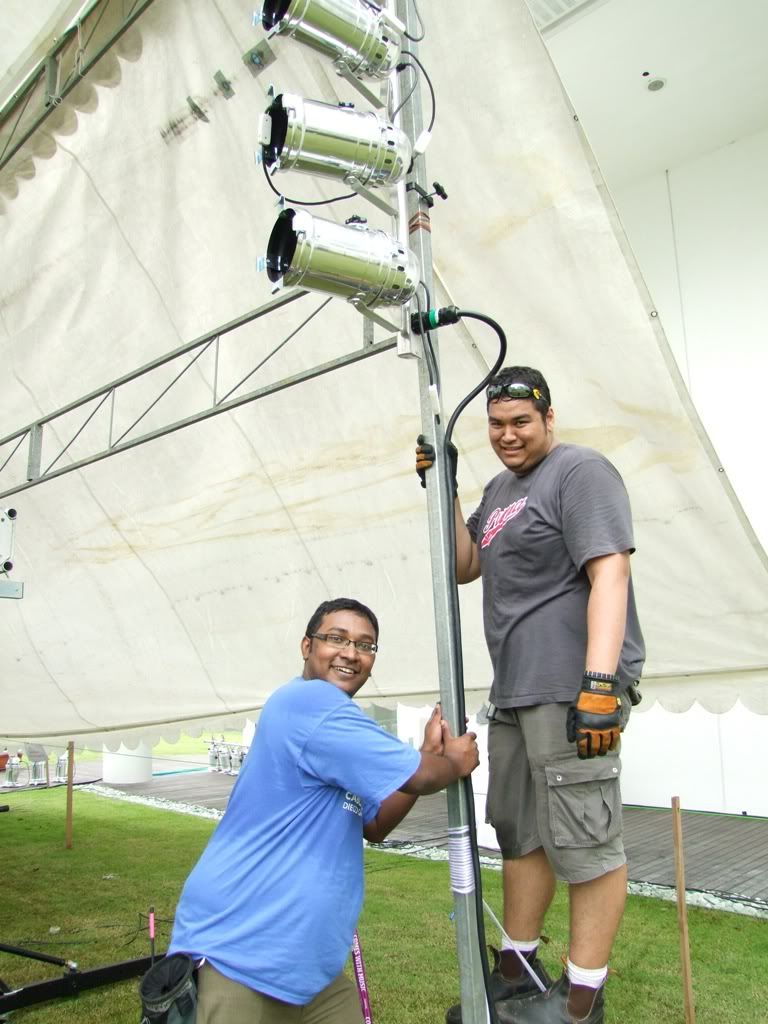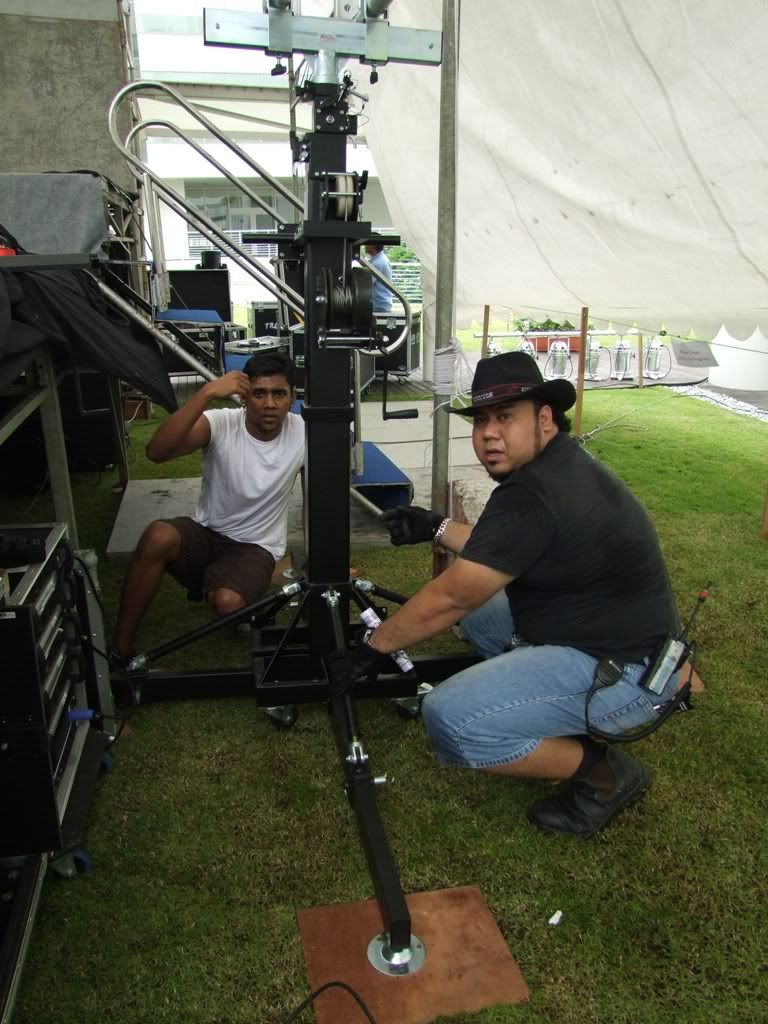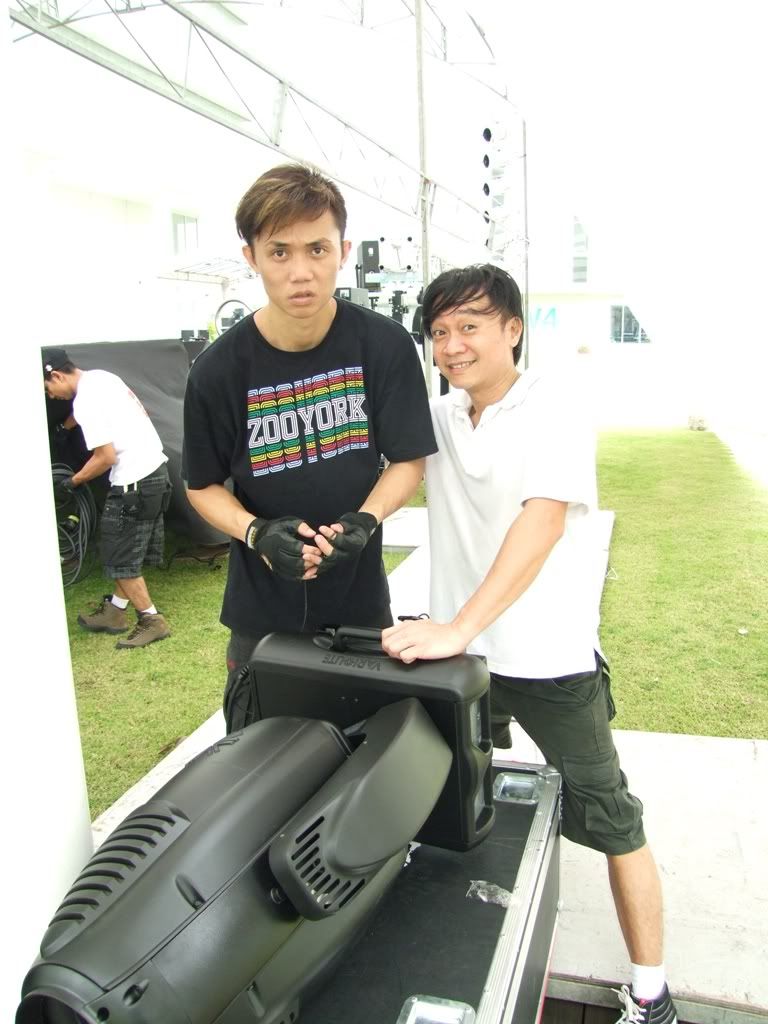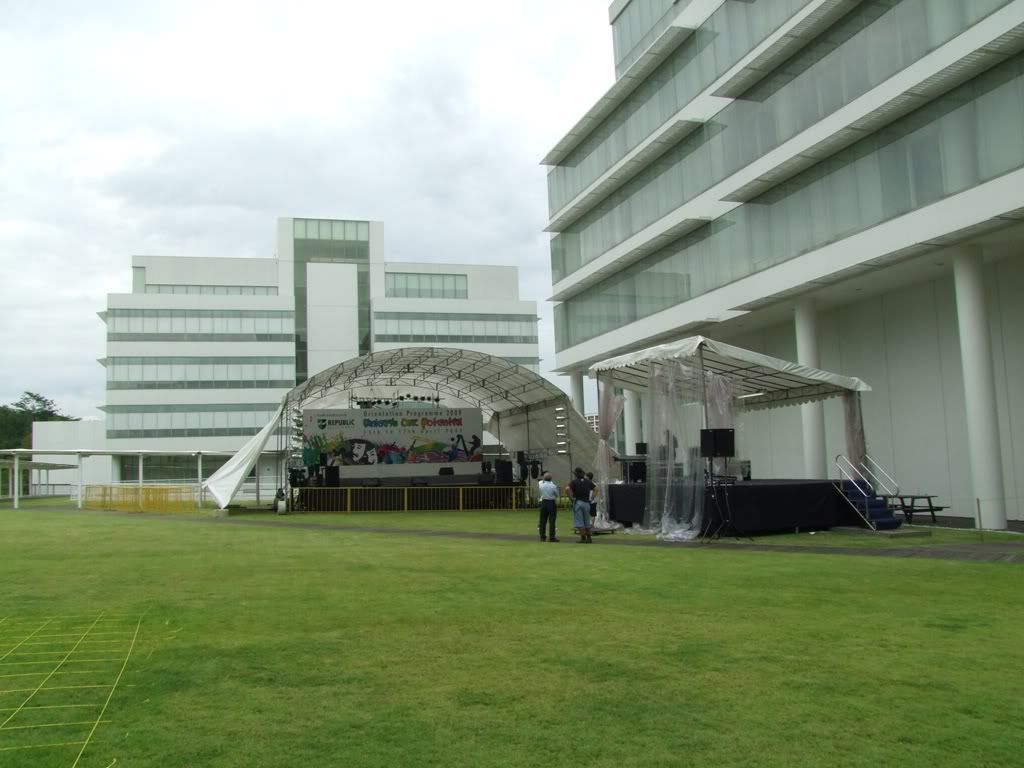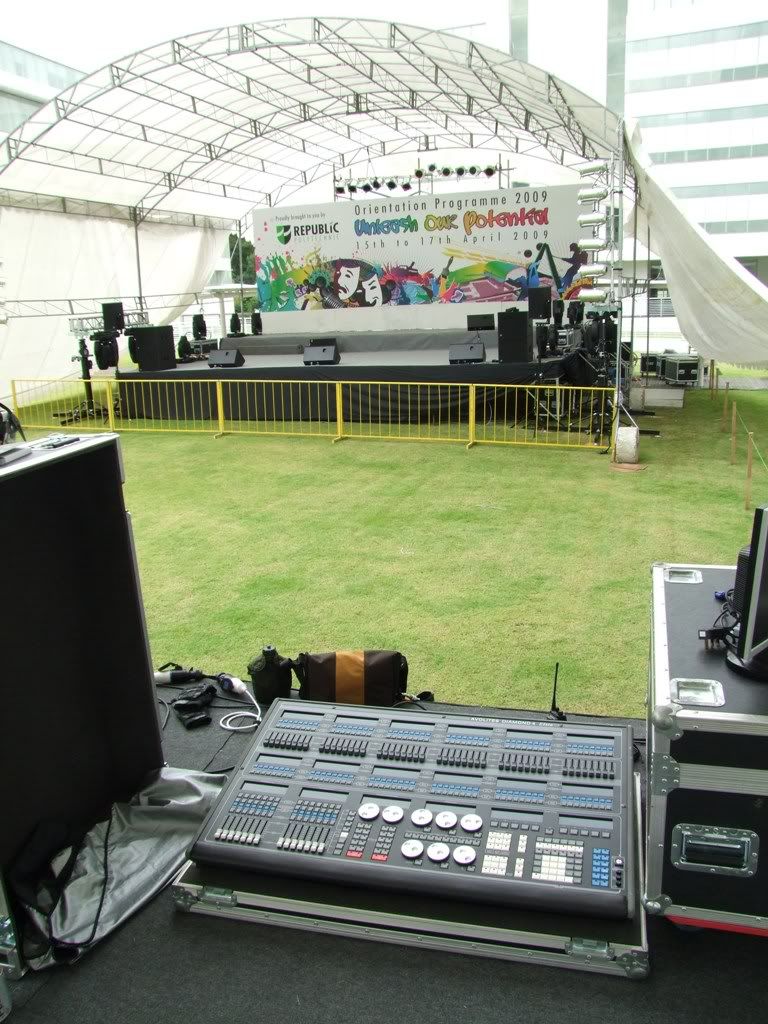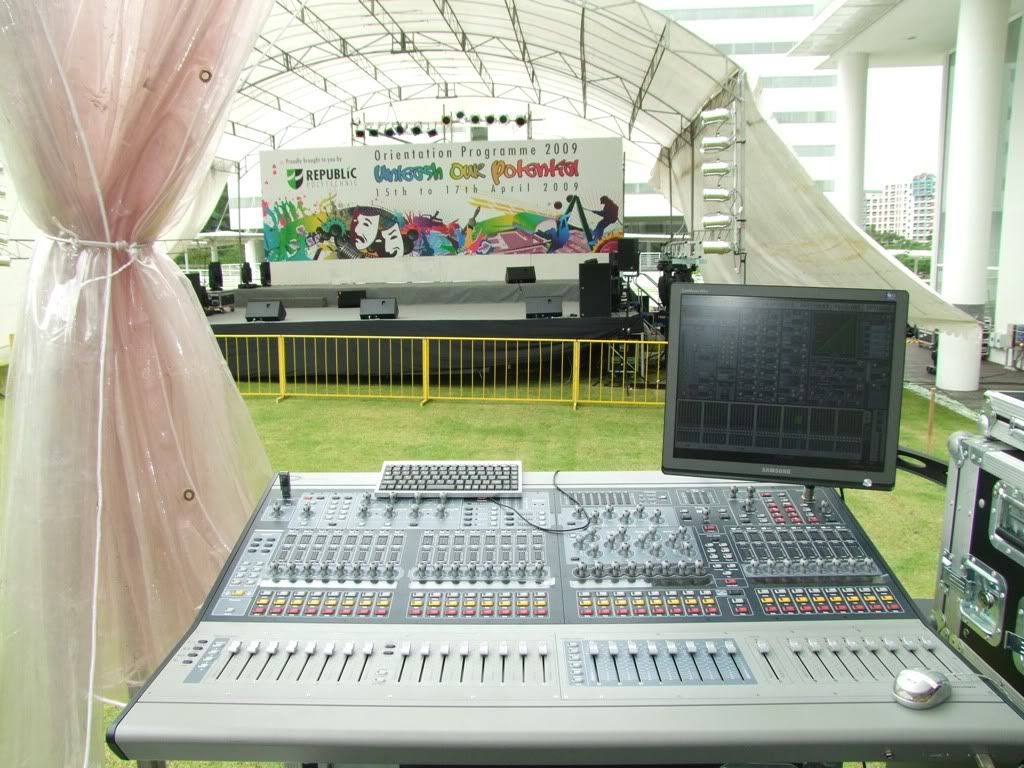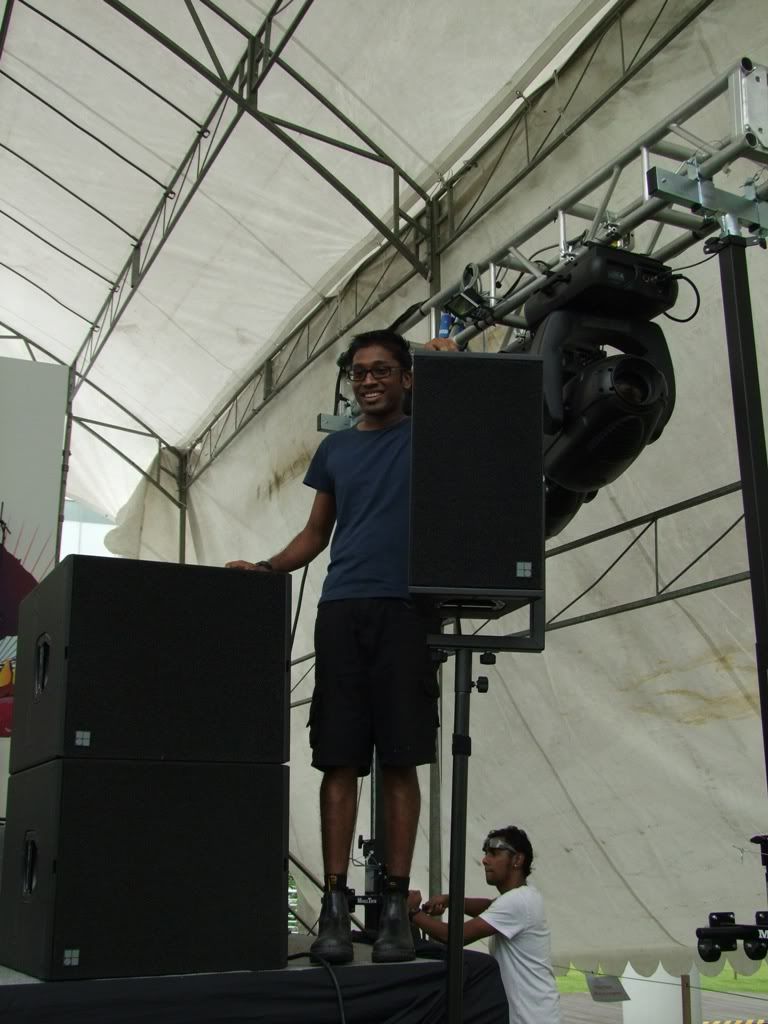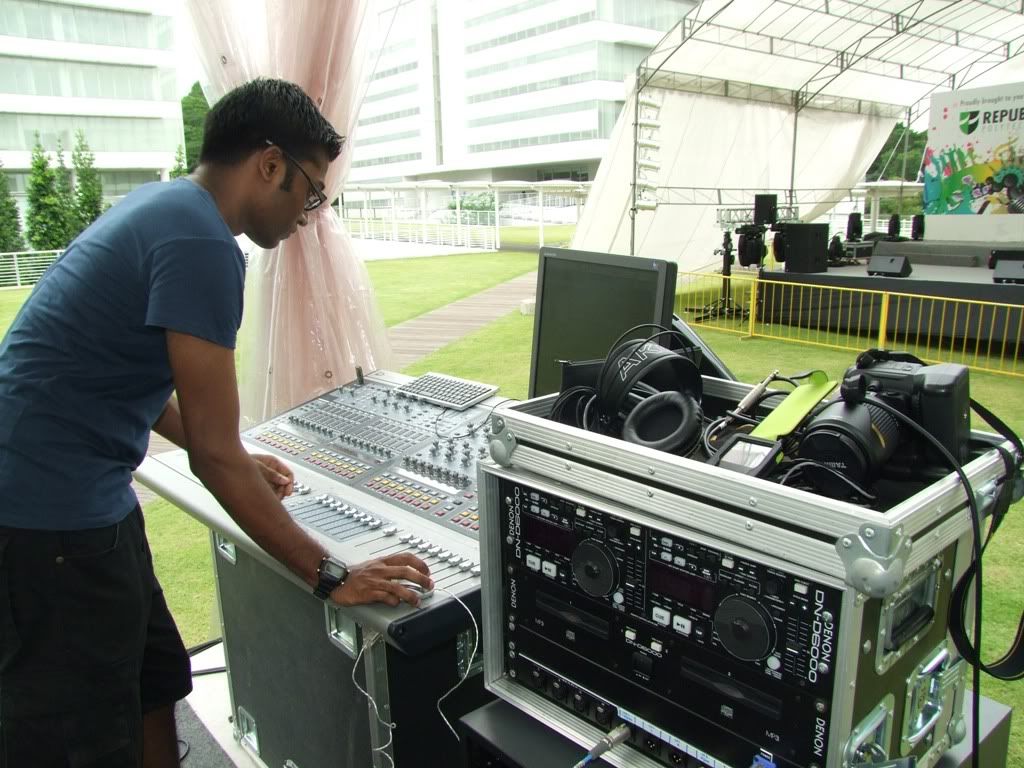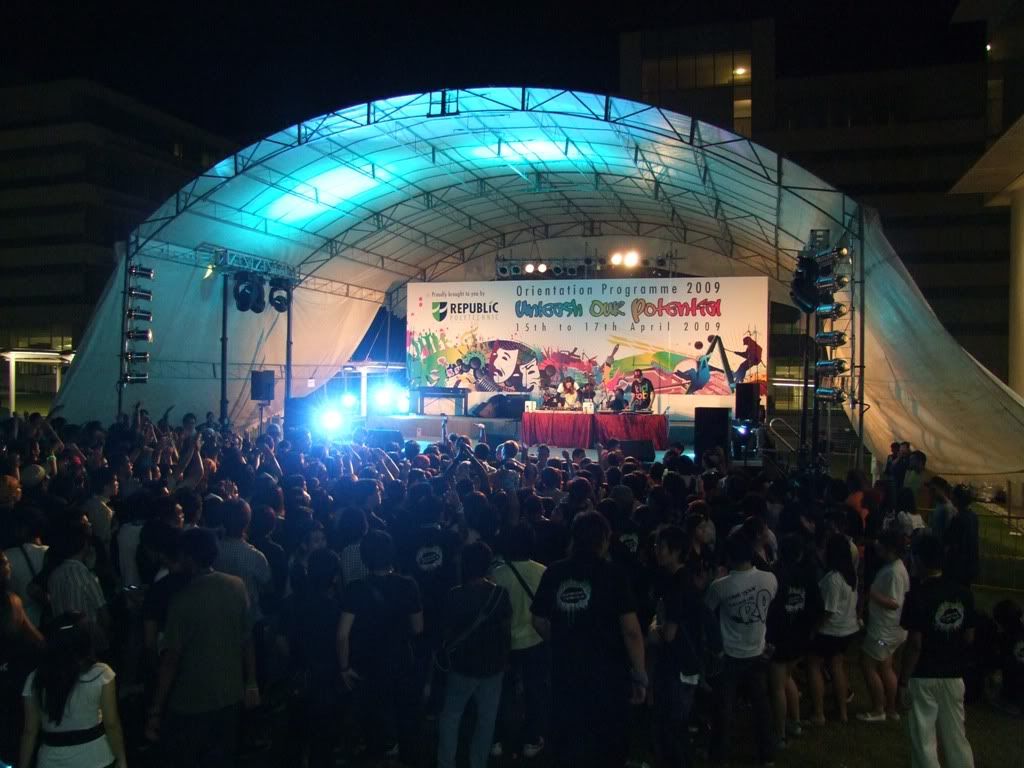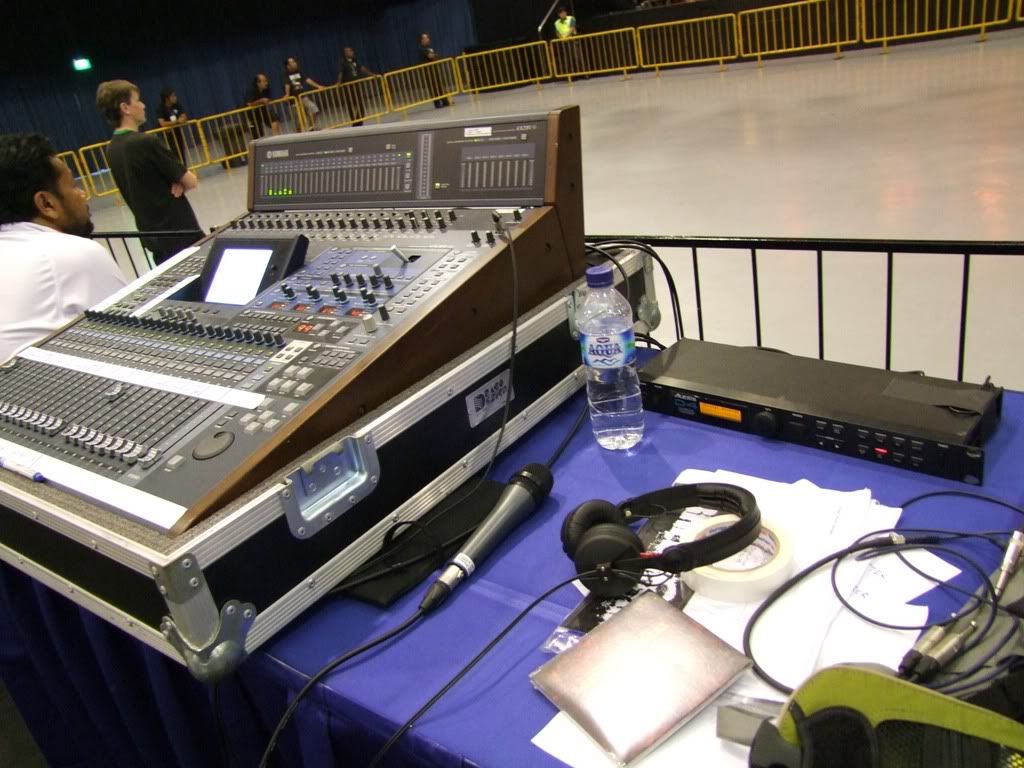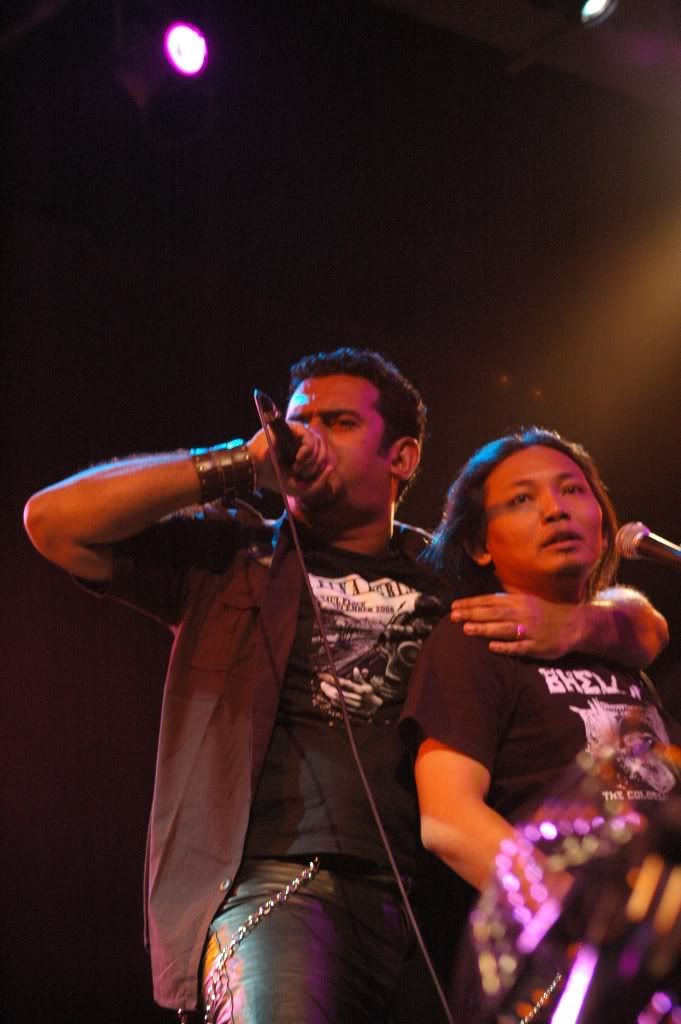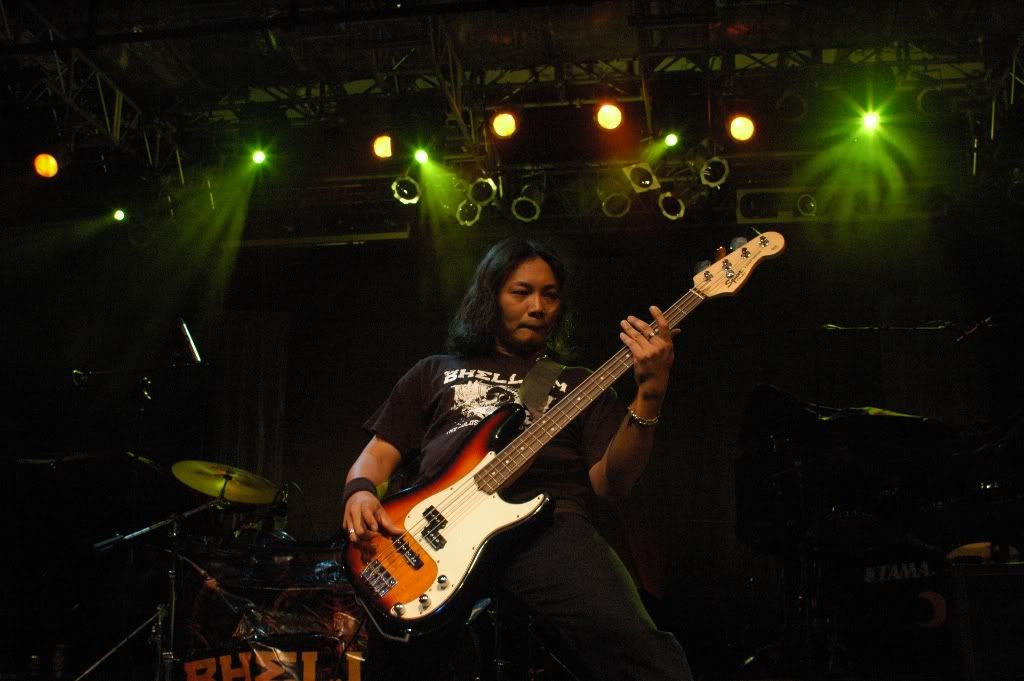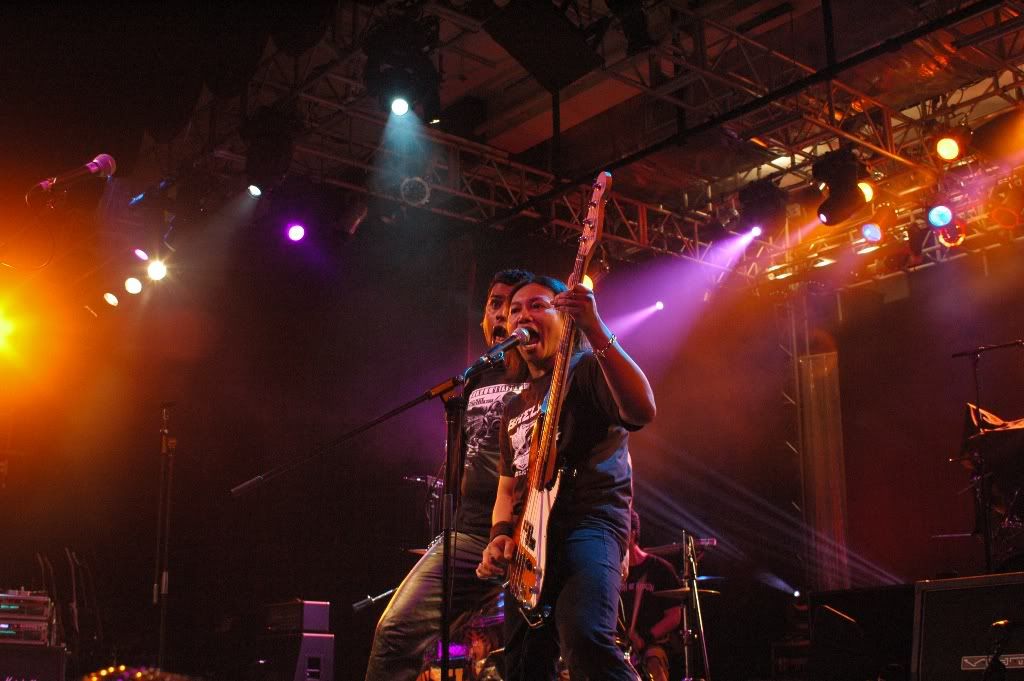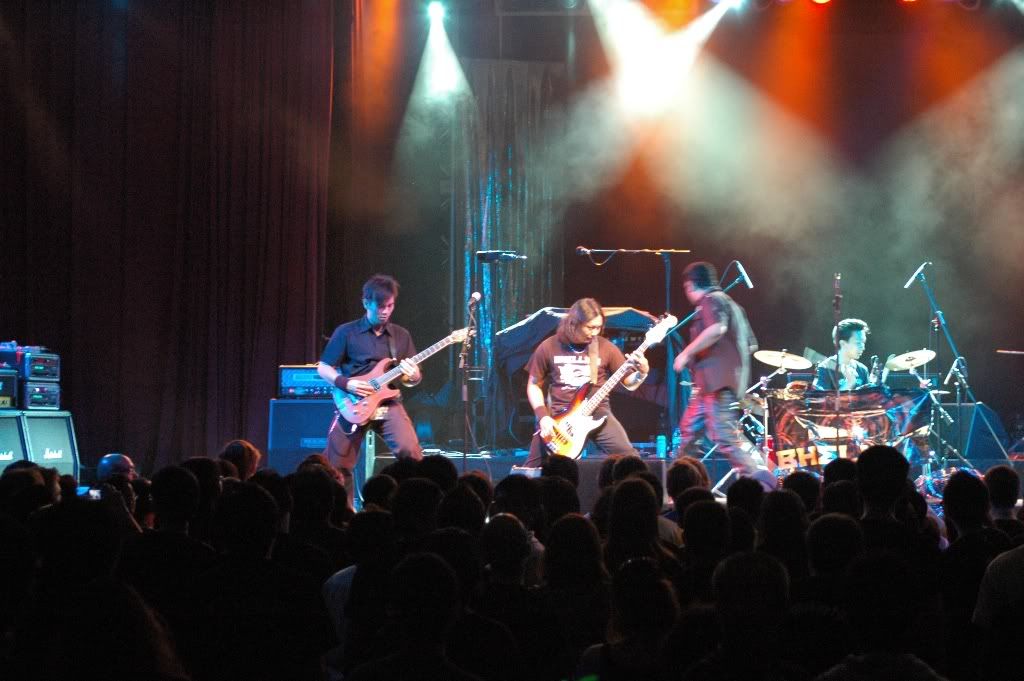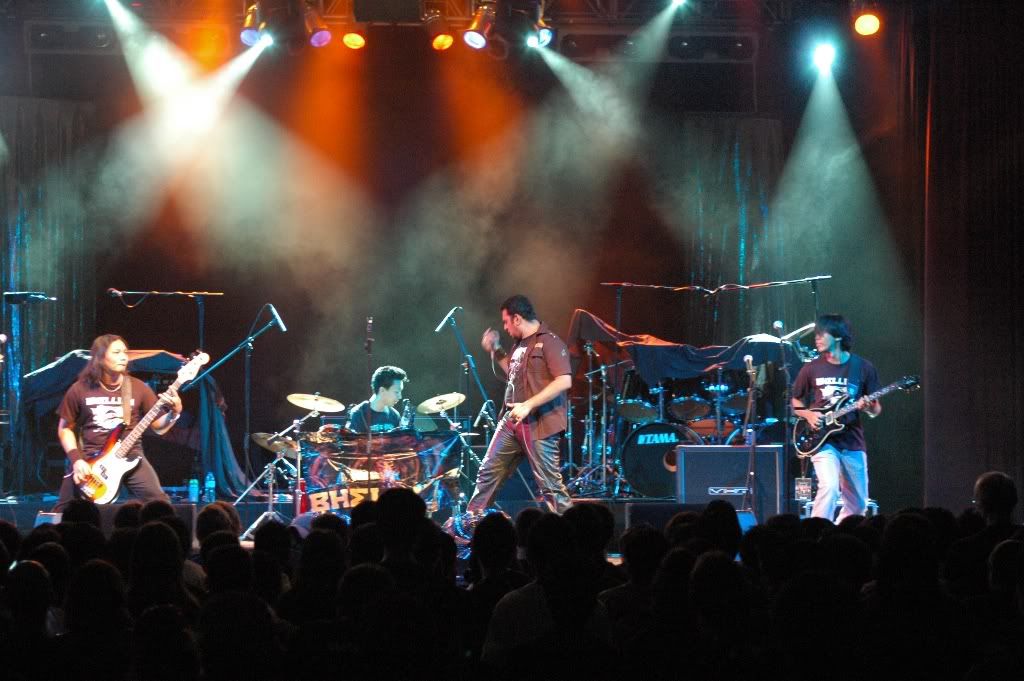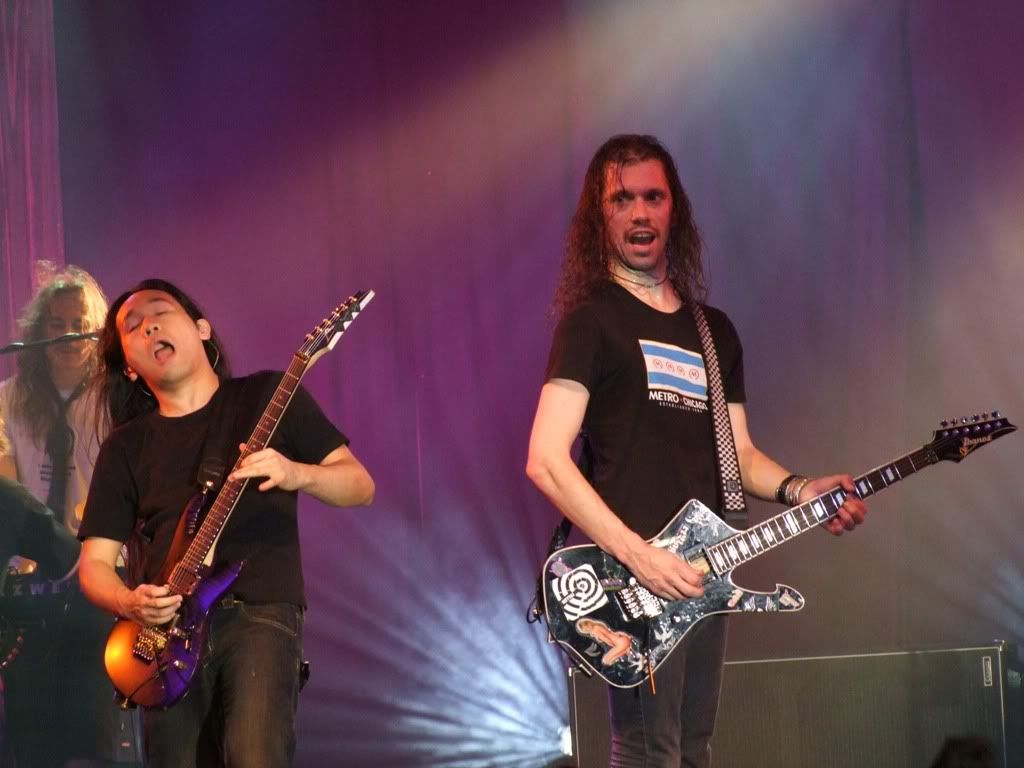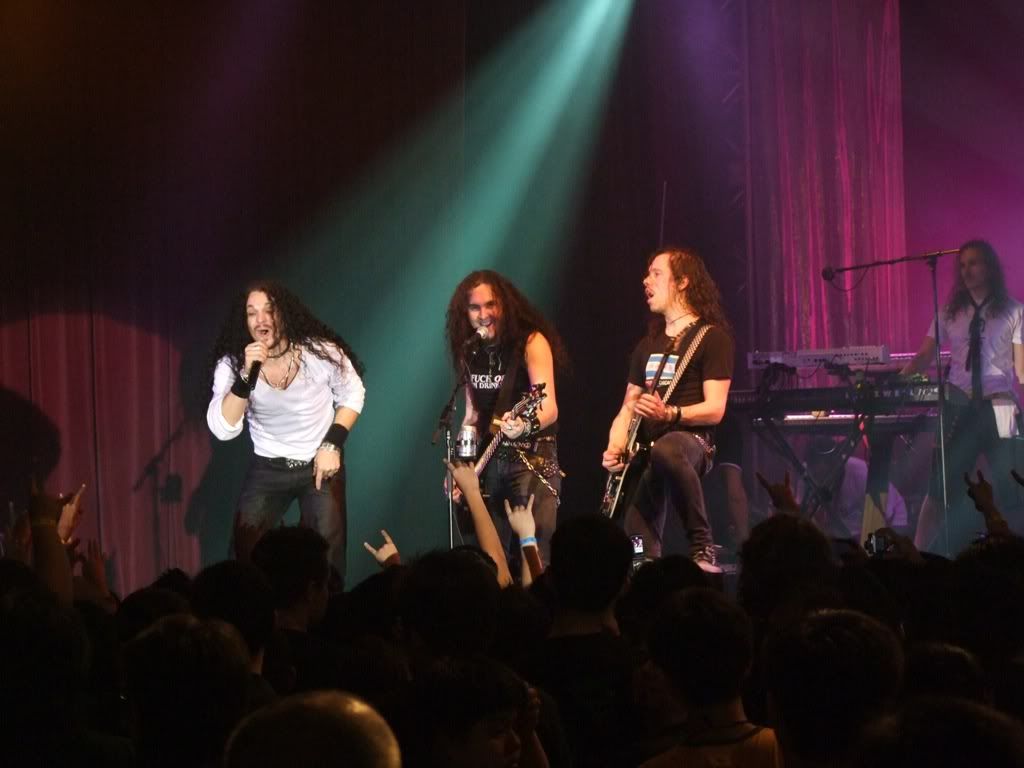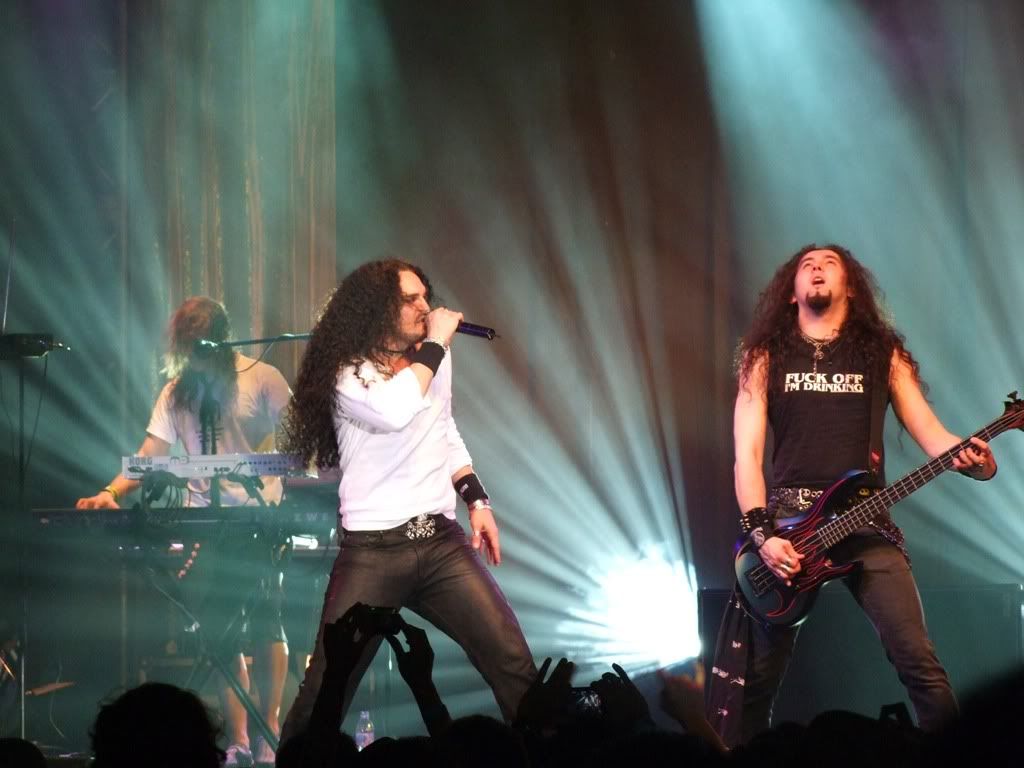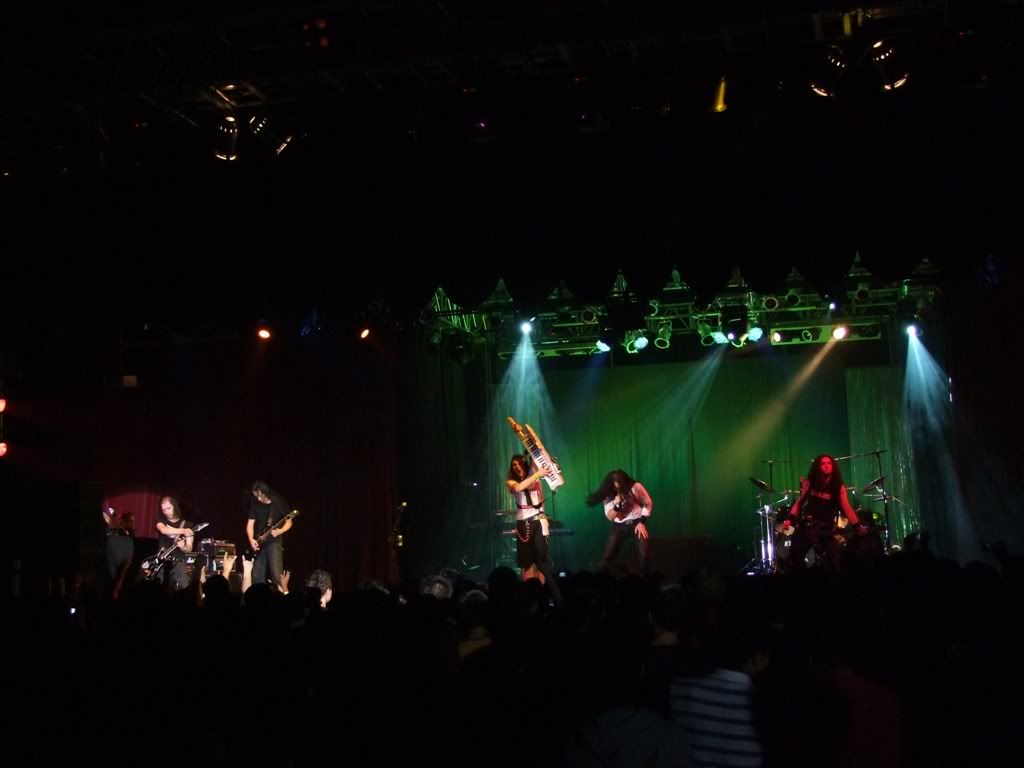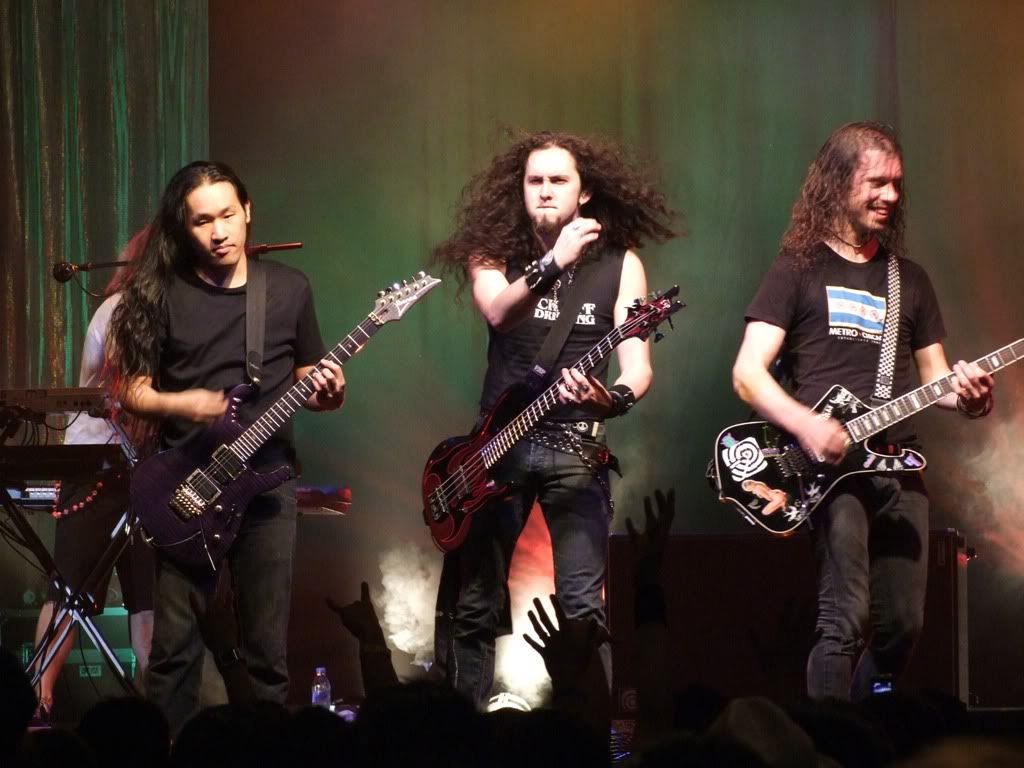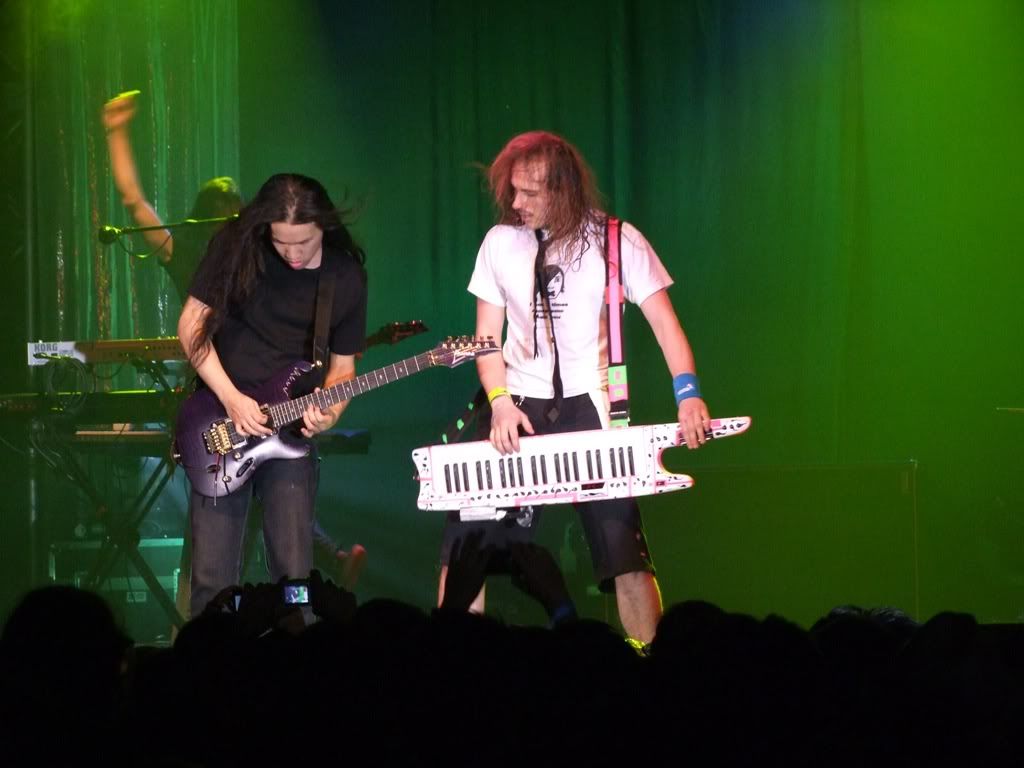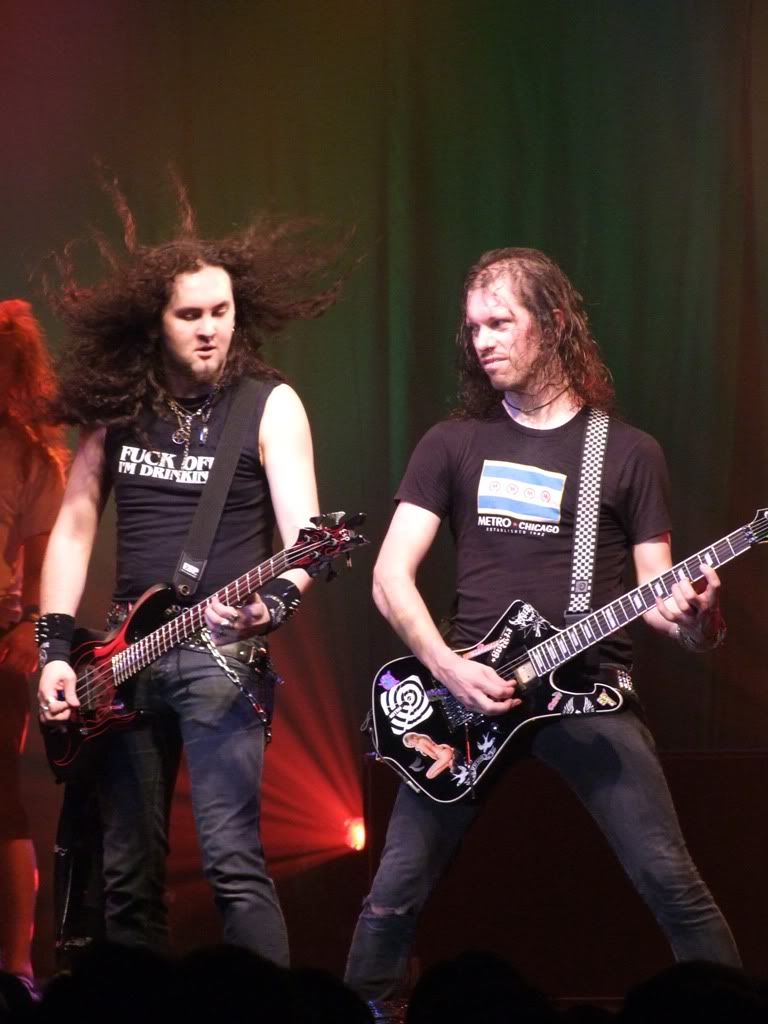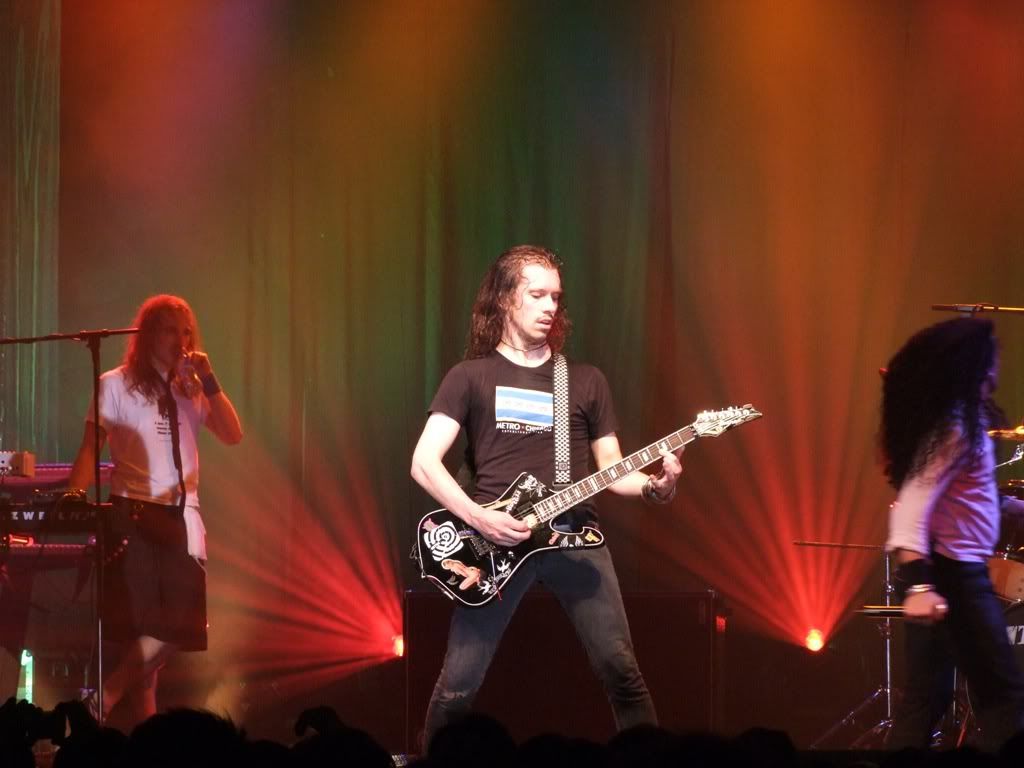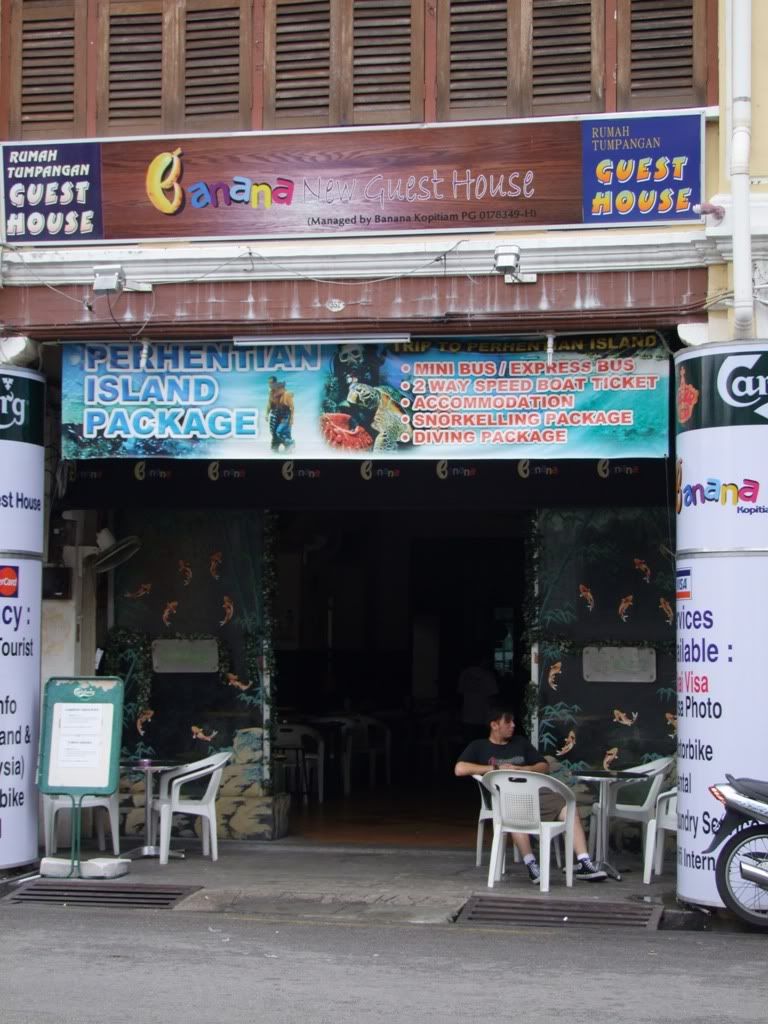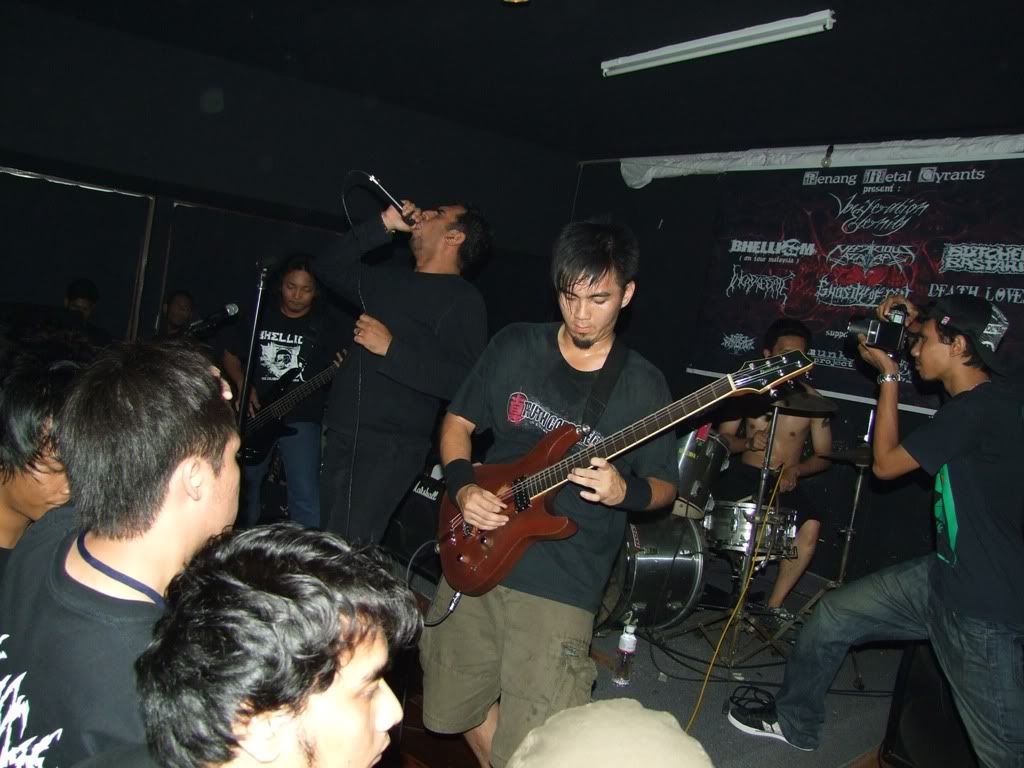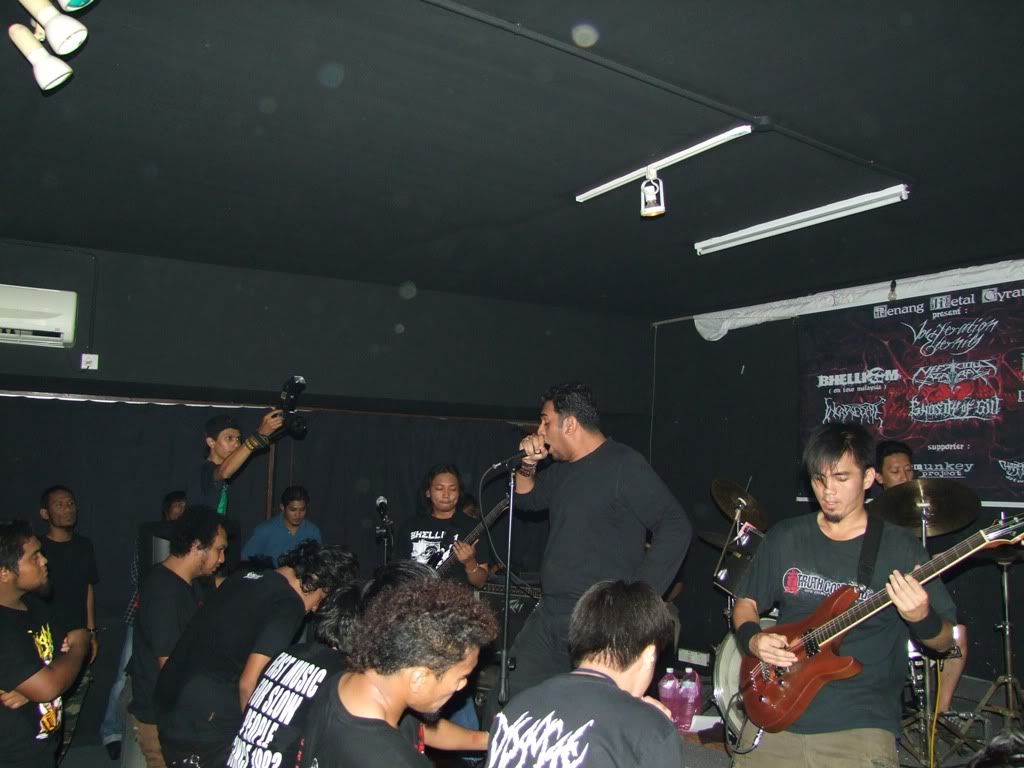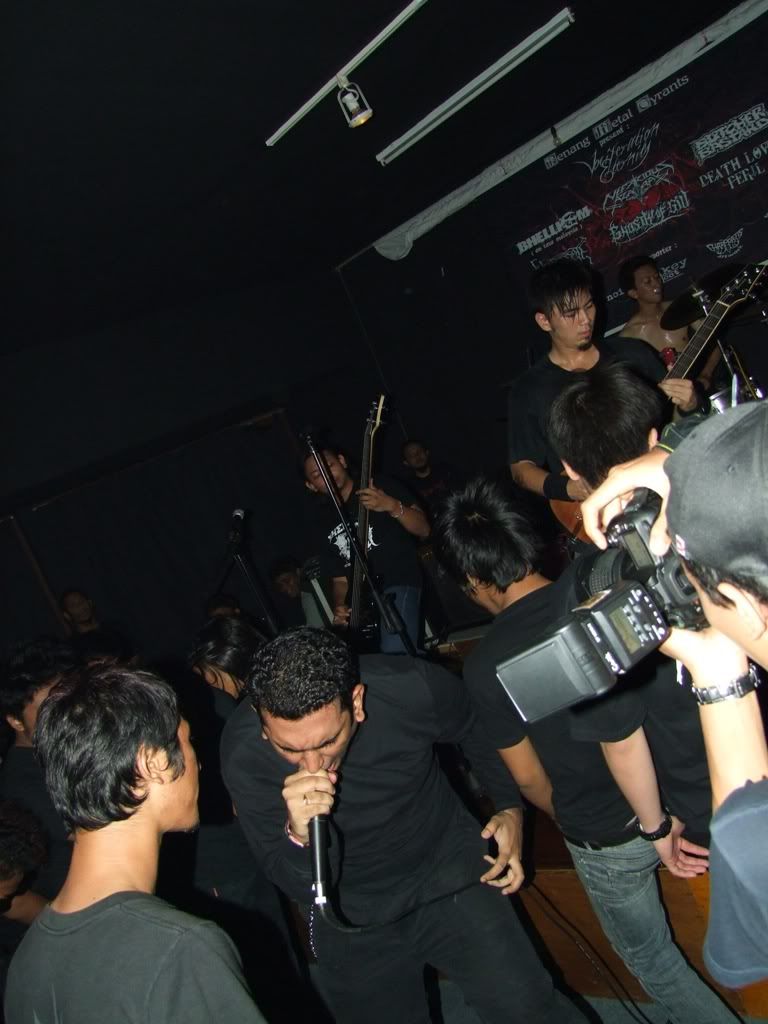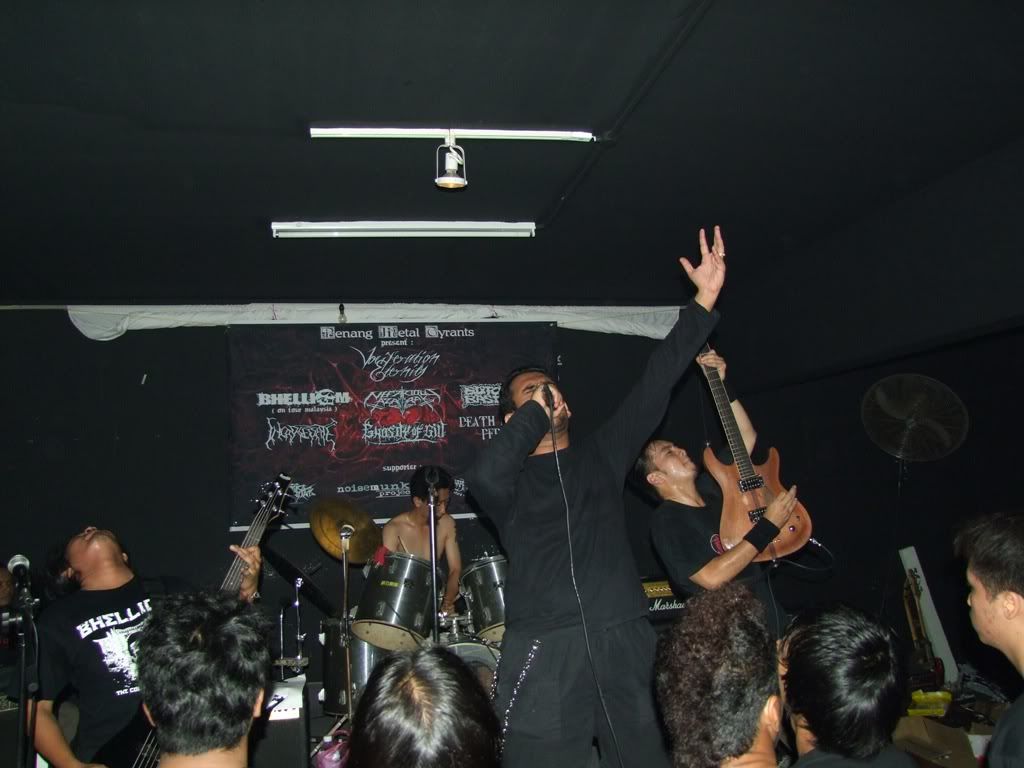A lot of times I've indulged so much into drooling over the maple flame tops, sweet overdrives and sexy amps, that I've overlooked (more like 'under-hear') the beauty of the song itself. Apparantly, music encourages emotions, gears encourages desires...
Taken from
Gearslutz.comMixerman:
Vocals are often times what makes or breaks a mix. Get them too loud and you dwarf the track. Too soft and the vocal then seems unimportant. Too strident and they hurt the listener's ears. Too muddy and the listener might have difficulty understanding the words.
How you EQ and place the vocal has to do with a great many factors. I can tell you, if you find yourself wishing to give different EQs to different sections, you're not the only one. There are many factors that can contribute to this, some that might be your fault and many that could be out of your hands. For instance, if a singer has particularly bad mic technique in combination with a wide dynamic range, they could very well be hitting the compressor or limiter perfectly on the verse and way too hard on the chorus. This could make the singer either unusually strident on the chorus if you have the verse right, or unusually dark if you have the chorus right. Sometimes I do vocal splits as sends to the compressor to combat this particular problem.
On occasion the vocalist tends to shift around causing changes in the tonality of the vocal. This problem gets magnified greatly on those occasions that you have the singer using a dynamic microphone (And yes I've ended up with a dynamic on quite a few singers). Personally, as a producer, I like to deal with these tonality issues during the comping phase, but as a mixer, I have to deal with what I'm given. Analog tape was way more forgiving for these sorts of tonality changes, but it's not like I didn't have to do occasional splits when the preponderance of projects were coming in analog. So it's always been a necessary evil at times.
Now I'm not suggesting that you need to automatically start splitting vocals. Personally, I search for a compromise setting before I do that, and start splitting once I realize I have the best compromise I'm going to get, and it's still not good enough. However, if you feel as though you're chasing your tail from top to bottom of the mix, changing the EQ the whole mix, then you might consider getting the vocal right for sections by using different EQs and compression settings for those sections. If the vocal is strident in the chorus, compress a little less, and send more low end into the compressor to combat this phenomenon. Attack and release settings will also make a big difference where this is concerned.
The best and only way that I know for judging whether the vocal is in the right place, is if I feel like singing the song with the singer, while simultaneously physically moving appropriately to the track. As much as we'd like to have something a bit more concrete than that, this is what music is about, and really, how the song forces you to physically react is the best indicator of where you're at in the mix. But feeling the need to sing the song has as much to do with the instrumental as it does the vocal. One doesn't live without the other. For instance, if you have busy guitar licks stomping on the vocals rather than filling the holes between the vocals, the listener won't be sure where to focus, and not only will they stop singing, they'll probably hit the skip button. Your job as the mixer is to force the focus of the listener. When the vocal is on, that's what you want the listener focusing on 99.9% of the time.
Space is also an important consideration. If you're mucking up the middle of your mix with instruments that consume a similar frequency range to the vocals, then you're making your life more difficult. This is why so many mixers prefer to pan hard left and right, myself included. You'll see this referred to as LCR mixing, which means there rarely is anything that is placed anywhere in the field that isn't either Left, Center, or Right. Even with LCR panning techniques (reserving the middle for bass, kik, snare, and vocal in rock music), if you have too much of a buildup in the upper mid-range, you're going to find yourself really trying to thread the needle to get that vocal to sit in exactly the right spot.
Then there's the space around the vocal and how that helps fit it into the mix. Sometimes a complete lack of space (totally dry vocal) works the best, sometimes a delay tail or slap helps to fit the vocal into the track better. On big tracks a semi-short delay can be put on the vocal to help it sit better in the track, even though you might not actually be able to hear the delay in the mix. And don't be afraid to change how much delay return you use in the verse as compared to the chorus. A more dense section of the song might require more delay so that the vocal doesn't seem bone dry, despite being obviously wet in the verses.
Then, of course, there's the riding the vocal. In my world, it's an absolute necessity in mixing. If you want that vocal to sit exactly right in the track throughout, you need to ride the vocal and the track around the vocal. How compressed you're willing to have vocal sound, along with how well it was recorded, and how disciplined the singer is on the mic, will dictate just how much riding you need to do.
The vocals are where you earn your money. It requires patience and perseverance to get them in the right place in relation to the track. But they all live and work together, and you have to constantly ask yourself whether the track is positively affecting the vocal, and if not, fix it Dear Henry. Fix it!
Good luck!
Enjoy,
Mixerman







